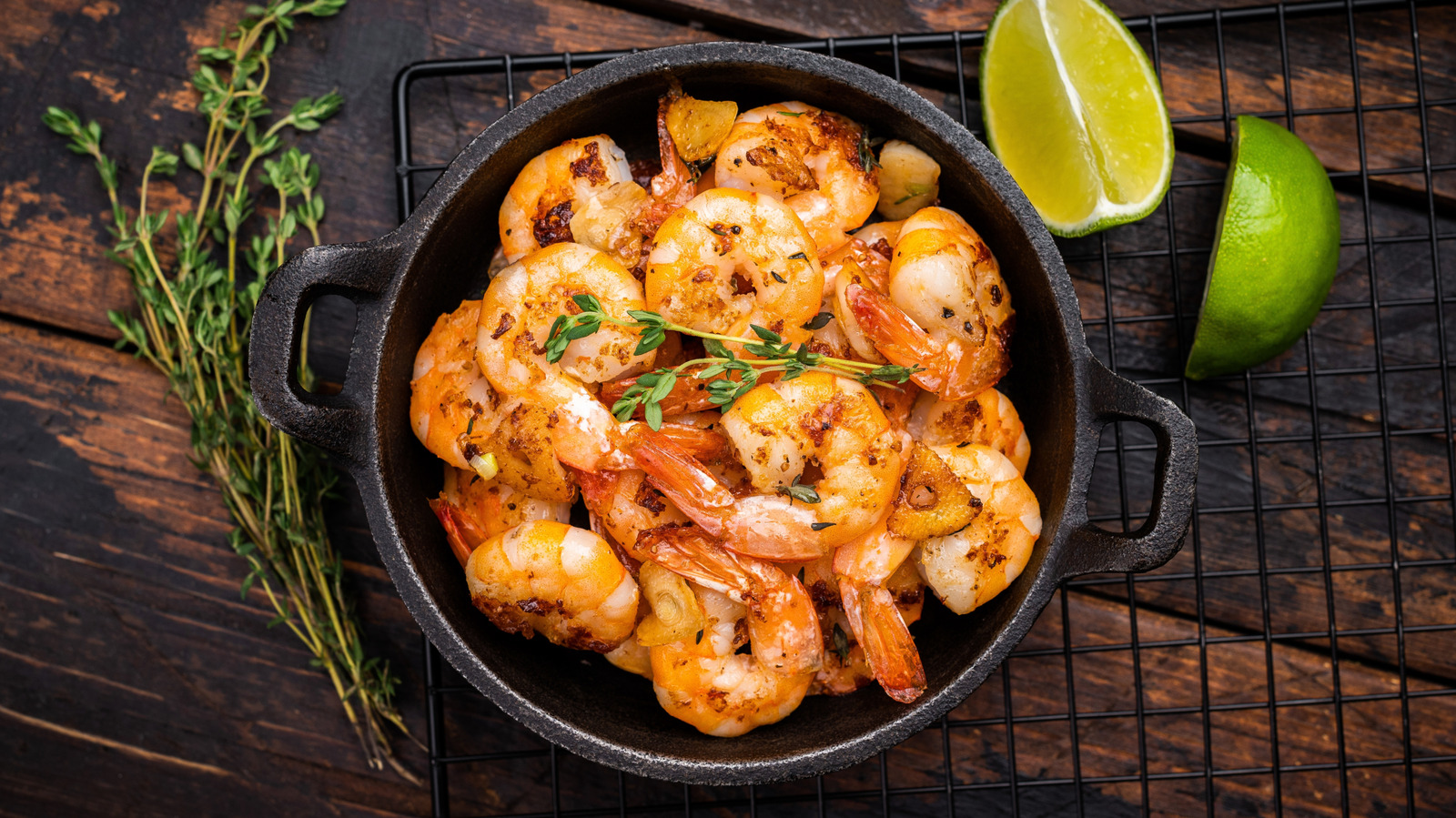
"Shrimp is a delicious main course that takes mere minutes to prepare, and cooking your shrimp in the oven (rather than on the stove) gives you some distinct advantages. If you spread the shellfish out on a sheet pan, you have more room to cook a large number of them all at once. The oven's even heat also reduces the chance of your food overcooking because the shrimp aren't getting hit with the intense, direct heat of a pan."
"Lump them too close together, or even pile them in a smaller pan where they aren't laying flat in a single layer, and the shrimp will end up steaming each other as they release moisture during cooking. This not only inhibits browning (which requires a lack of moisture to create that tasty, charred flavor), but it makes the shrimp more likely to turn mushy."
Baking shrimp on a sheet pan allows cooking large batches with the oven's even heat reducing overcooking risk compared with direct stovetop heat. Maximizing exposure to dry oven heat by arranging shrimp in a single layer prevents them from steaming one another as they release moisture. Steaming inhibits browning, reduces charred flavor development, and makes shrimp mushy or rubbery. At 400°F, baked or roasted shrimp typically finish in about eight minutes, though breading can extend that time. Visual cues are the best way to judge doneness, and spreading shrimp improves browning and makes them easier to monitor.
Read at Tasting Table
Unable to calculate read time
Collection
[
|
...
]